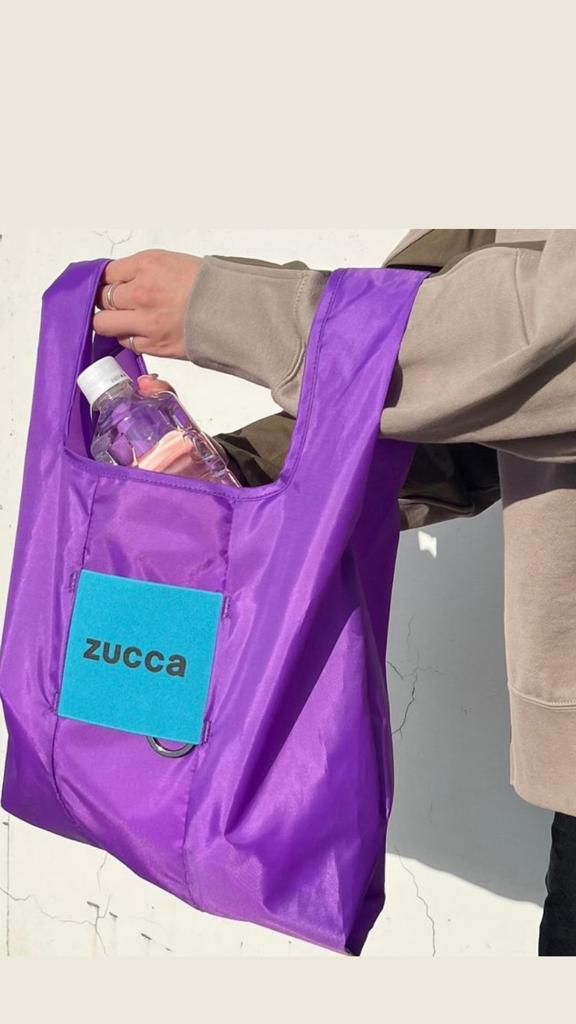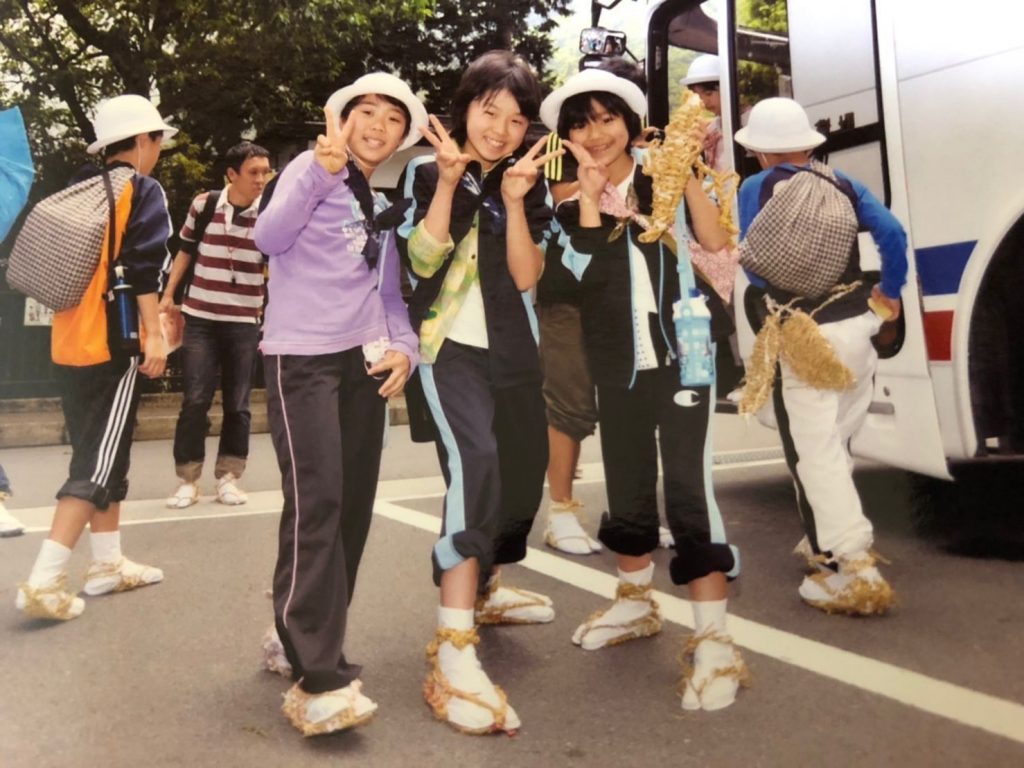The Rubber Band Eco Bag
Minimal design #formodernhumans
Today we introduce The Rubber Band Eco Bag – by ZUCCa.
It is a pocketable eco bag with a minimal and functional design that will add a modern touch to your style. Although part of the Spring-Summer collection, it is a seasonless accessory. And you can carry it with you as your main handbag, when you want something lightweight, or as an extra bag.
About the design
There is a colour block rubber band with a logo in the centre, and if you fold it around the rubber and turn it over, it will become a compact pocketable size. When folded up, thanks to a carabiner hidden under the rubber band, you can hang it on other bags and carry it around. So you’ll have it always on hand when you need it.
About the material
This shopping bag is made from a recycled polyester fabric made from recycled PET bottles.

by ZUCCa
Perhaps by recycling, we will not save the world, but it is a good choice since we are surrounded by plastic. And so, giving new life and new forms to PET is just one of the possibilities we should implement to reduce our impact on the environment.
About the colour
We picked out three different combinations. There is a chic version in grey with a fluo light green rubber band. But there are also vivid colours such as yellow with a white rubber band and purple with a turquoise rubber band.
Sizes
H50 W30 D10
Big enough to carry an A4 size file.
Laundry
Hand washable, easy-care.
Wash by hand in cold water.
Eco tip: having with you an additional bag is a thoughtful strategy to avoid taking shoppers from retailers. So, you just use and reuse yours.
The Rubber Band Eco Bag is cool and practical. Also, this accessory can be a lovely gift.
Drop us a message for any further information. We’d love to assist you!
The Rubber Band Eco Bag Read More »
